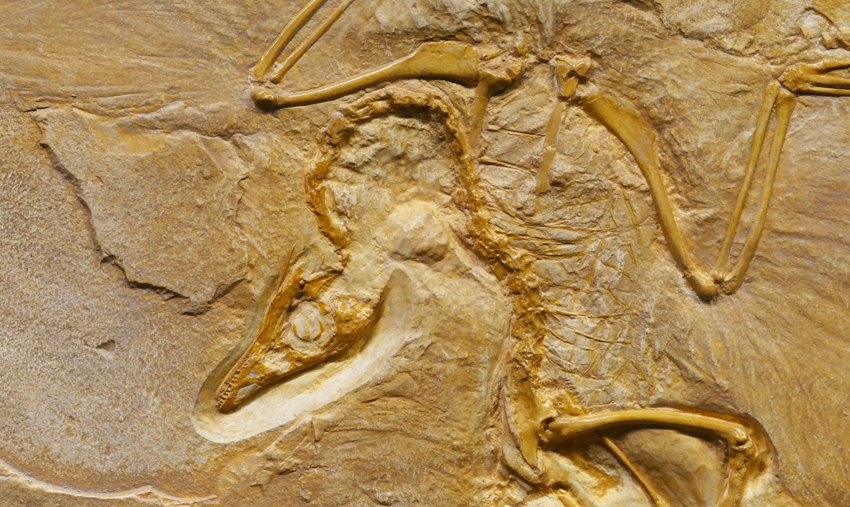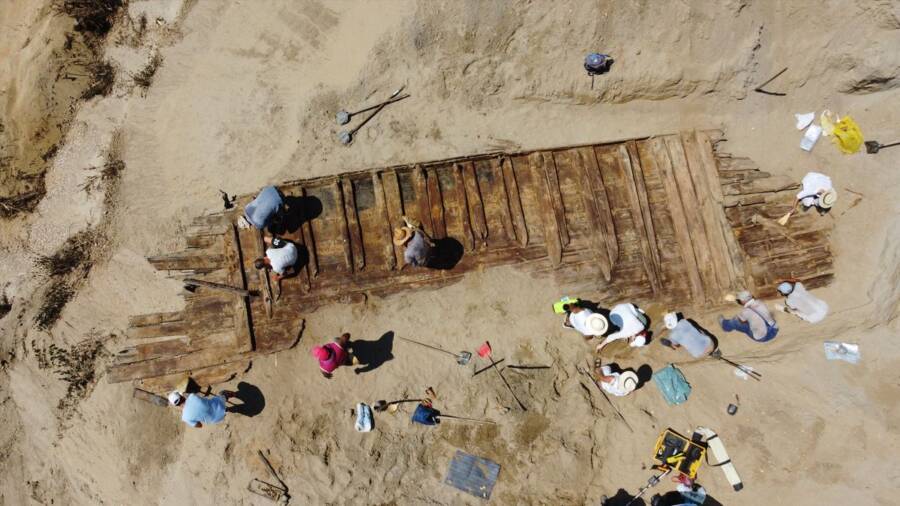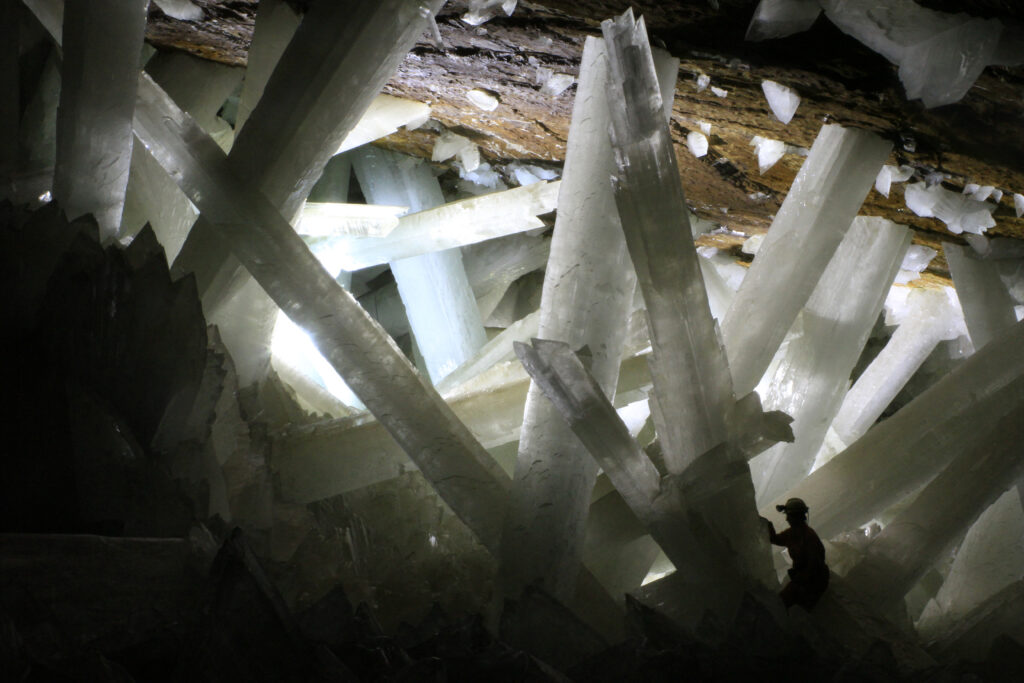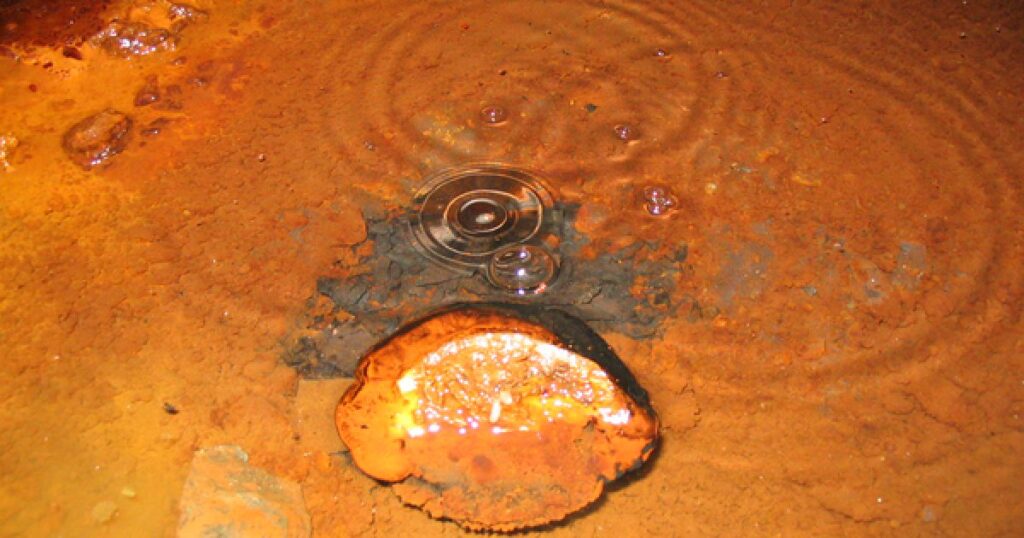What Lies Beneath
Miners just keep finding fascinating crap

Coal miners in North Dakota made an astonishing underground discovery last year—a gigantic, seven-foot mammoth tusk and several bones, buried there for thousands of years. After the miners’ unexpected find, paleontologists excavated the site and recovered more than 20 bones, revealing one of the most complete mammoth skeletons discovered in the state.
The human act of mining, while necessary to acquire resources, also gives us an opportunity to get answers to life’s mysteries, sometimes unexpectedly, and provide a treasure trove of riches for archeologists, geologists, historians, and knowledge seekers. Let’s dig into what amazing surprises have been discovered underneath the Earth’s surface, in order of how old they are.
Ancient Roman Ship
Last summer, Serbian coal miners made the impressive discovery of an ancient Roman ship buried near the ancient city of Viminacium, east of Belgrade. A mine excavator hit upon some wooden planks buried under a layer of silt about 25 feet below the surface, and the archaeologists were called in. They have since dated the ship to the third or fourth century, and believe the 42-foot, flat-bottomed vessel was likely used to carry cargo and supplies along the River Danube.

Only 5 percent of Viminacium has been uncovered thus far, so who can guess what more archaeological treasures are there to be discovered?
700,000-year-old settlement
As if Greece didn’t have enough historical riches, last spring researchers at a coal mine in Southern Greece found an archaeological site dating to 700,000 years ago. It’s believed to be associated with the hominin ancestors of modern humans.
The excavation has revealed rough stone tools from the Paleolithic period, as well as the remains of now-extinct species of elephants, hippos, rhinos, and even a macaque monkey. They haven’t found human fossils yet, but there’s still hope. The area has long been mined for coal to fuel the local power plant, but now it’s also fueling a detailed look into the important history of the region.
Giant Crystals
In the year 2000, a group of miners looking for ore deposits near Naica in Northern Mexico uncovered something a lot more interesting—an underground cave full of massive, gleaming white gypsum crystals criss-crossing a large chamber. It looks like a scene from a sci-fi movie, with some crystals measuring almost 40 feet long and more than 3 feet wide, weighing up to 50 tons.

It’s a mystical-looking cave with a very scientific explanation. About 26 million years ago, a mound of magma pushed up through the earth, creating a mountain–but also forcing water rich in calcium sulfate into the limestone gaps and caverns. And voila: perfect conditions for gypsum crystals to grow! Scientists continue to study the crystals, but do so cautiously—the cave is 122°F with 95% humidity, and can be dangerous to navigate.
Fossilized jaw of a pint-sized primate
Anthropologists rejoiced in 2013, when a fossil found in a Thailand coal mine turned out to be a new type of anthropoid they named Krabia minuta. The finding was a tiny primate jawbone fossil, with teeth that suggested it ate fruit and natural tree gum, as opposed to the nuts and insects eaten by other anthropoids. The finding of the fossil, dated to the Late Eocene Epoch about 35 million years ago, bolstered the theory that this type of anthropoids arose in Asia first, not in Africa as previously thought.
World’s Oldest Water
In 2016, Canadian researchers discovered a 2 billion-year-old water pool, 1.8 miles below the surface in the world’s deepest basal metal mine. It’s so old that it beat the previous record by at least 500 million years.

“People assume it’s some tiny amount of water trapped within the rock,” a professor told BBC News at the time. “These things are flowing at rates of liters per minute – the volume of the water is much larger than anyone anticipated.”
The discovery of water from deep within the earth’s crust offers unique insight into the history of the planet and life that was present so long ago, and also gives clues to where life might exist elsewhere in our solar system.
